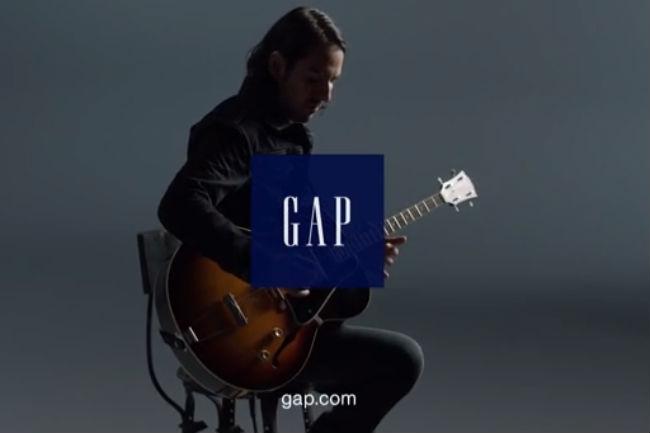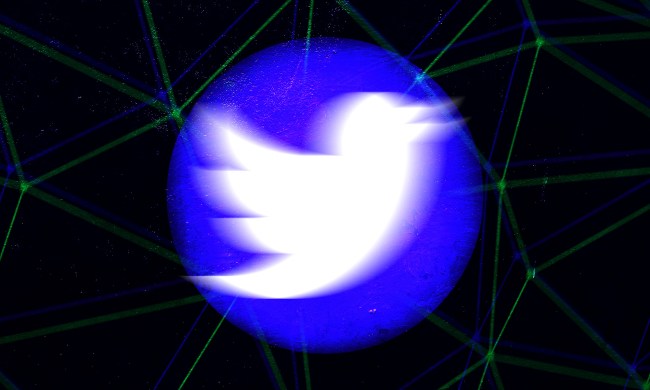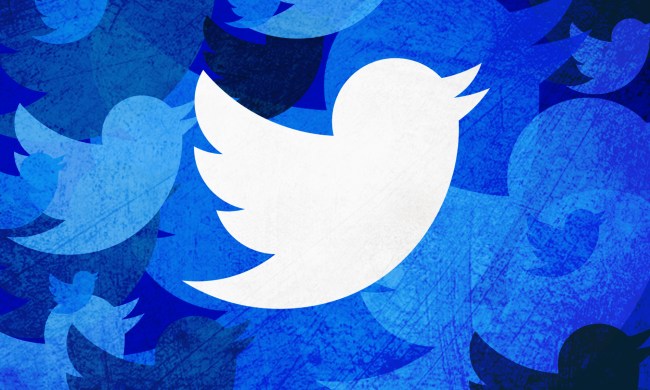
As Twitter prepares to go public, its ability to work as a major advertising tool is getting an expansive test from fashion retailer Gap. If the campaign is successful, it could serve as powerful proof for investors about Twitter’s efficacy as a service that benefits brands. And if it fails, well, it might just have negative repercussions on the public offering.
Gap has launched many successful TV-based advertising campaigns, and even though I’ll never forgive them for fueling the inexplicable neo-swing revival of the late 90s, many of its campaigns were admittedly iconic. Remember the Madonna and Missy Elliot ad that begged you to “Get Into The Groove” in Gap jeans, or this “Dress You Up In My Love” commercial that was a basically a precursor to “Glee”? We didn’t. We never forget.
Despite the popularities of these ads, Gap has moved its TV spots lower on the priority list in recent years. Once considered a slinger of hip apparel, the company lost its “cool” status and saw sales drop. And that’s the worst thing that can happen to a clothing retailer.
While the company is still re-tooling its image, it is wading back into the TV spot waters, but taking a savvy approach by tying Twitter into the campaign. Buzzfeed reports that Gap is integrating Twitter into its ad campaign in two ways: It released upcoming televised commercial spots earlier this past weekend on Twitter, and it bought promoted tweets.
The sneak peek Twitter videos were only available after 500 people retweeted links to them, and the videos featured original content from Dhani Harrison, the son of George Harrison, and Alexa Ray Joel, the daughter of Billy Joel and Christie Brinkley. Dangling the carrot of original content in front of its fans worked, so Gap found a way to get fans to spread promotional material for free. Additional content was available if users retweeted it 1000 times.
Big surprise! Retweet this 1000 times to unlock it! Hint: Our new Khaki Swing. #BacktoBlue pic.twitter.com/fhSCTyr4W8
— Gap (@Gap) September 15, 2013
The promoted tweets don’t just appear to random Twitter users; they appear based on whether someone is having a conversation about one of the shows that will feature a Gap commercial during a break. So if someone tweets about Ron Swanson and Gap has an ad running on “Parks and Recreation,” the promoted tweet would appear. Gap has to pay for the promoted tweets that people interact with, so if a user retweets the post or even just clicks on it, Gap will get a bill – and that’s how it’ll know if there has been brand awareness stimulation.
Buzzfeed’s Sapna Maheshwari summarized the importance of this Twitter/Gap experiment well: “While Twitter has long been recognized as a second screen for people to talk about TV while watching it, the partnership will seek to prove it’s also a complementary avenue where brands can run ads in support of a main TV campaign.”


